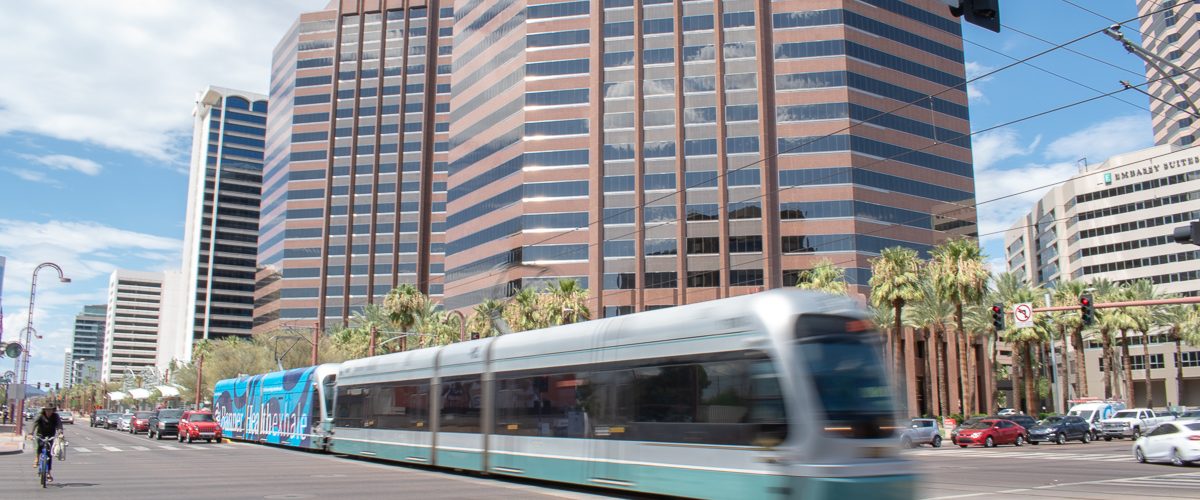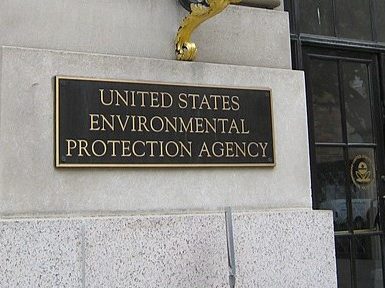An initiative currently held up in litigation could let voters choose whether to fund the South Central Light Rail Expansion or divert the money to infrastructure improvements instead. The controversy surrounding this expansion has created a clear line between those in favor and those opposed.
A citizen group, Building a Better Phoenix, introduced the proposal, which presents Phoenix voters with a choice to continue moving forward with the approved plan, which The Phoenix City Council approved in 2018, to extend the light rail into South Central Phoenix with two lanes of traffic, or, to instead use the funds to repair city roads and extend the bus routes in South Phoenix.
“The initiative does multiple things. One, it fixes all of the roads. It keeps the light rail that is there, but all future light rail monies goes to fixing roads and our bus system,” Phoenix City Councilman Sal DiCiccio, a strong supporter of the proposed initiative, said. “The other thing that it does on a more local level is that the monies that are designated for the South Central Line, all those monies stay in South Phoenix for infrastructure.”
DiCiccio believes infrastructure improvement is vital for the success of the city and the state. “When you’re marketing your city people look at your roads,” he said. “They look at your overall government. They look at everything. Is it a favorable place for business? They also look at the packaging [infrastructure] of a city. So when you have people coming in here and they see our roads, which are no different than they are back east, that’s a problem. We used to have the best infrastructure and now we are one of the worst.”
Celia Contreras, local business owner of Tony’s Window Tinting and founder of the anti-light rail group “4 Lanes and No Train”, expressed why she believes the light rail expansion must be reevaluated. “Central Avenue has a lot of traffic. We cannot survive with one lane,” Contreras said. “They tell us already that 70% of the traffic will go to 7th avenue and 7th street. We are businesses that depend on the traffic. We cannot survive with only 30% of the traffic. Who can survive the 4 years of construction? No customers, no [vehicle] traffic. It’s dead. So we are concerned. We don’t want the light rail.”
Contreras fears if the expansion were to be carried out, that it would “damage our community.”
Alternate views in support of the South Central Light Rail Expansion come from another local business owner on Central Avenue, Mack Gleekel president of Lane Award Manufacturing. “I just think of how many people it could help in South Central and South Phoenix area that don’t have transportation,” he said. “It’s a good thing for that and the future for all of us really.”
To Gleekel what ultimately matters is the long-term impact of the project. “We believe it’s good for the future of the city and great for that part of Phoenix, of South Phoenix, that really gets neglected and doesn’t ever get any funds. So they are going to get a beautification of the street, they are going to get better lighting. A lot of different things are going to happen down Central that would not happen if the light rail weren’t put in.”
Hillary Foose, Director of Communications and Strategic Initiatives for Valley Metro, which operates the light rail system, says they are making sure to mitigate disruption to local businesses during construction. “In terms of economic development, we understand there may be some challenges for businesses in the area during construction,” Foose said. “However, the South Central Extension has the largest budget for business assistance than any previous rail project. This includes extensive programs for marketing assistance, financial planning, signage, assessments and special events. Longer-term, we have found that businesses along the light rail have seen an increase in their customer base.”
A recent Quality of Life Report out from Valley Metro found the following impacts of the light rail: “Residents have more access to grocery stores, 19,133 tons of air pollutants were prevented from reaching the atmosphere, and 20 new K-12 schools and 21 new vocational and community colleges have opened.”
If the initiative survives the legal challenge, it will be referred to the citywide ballot on August 27, 2019.
















Add comment